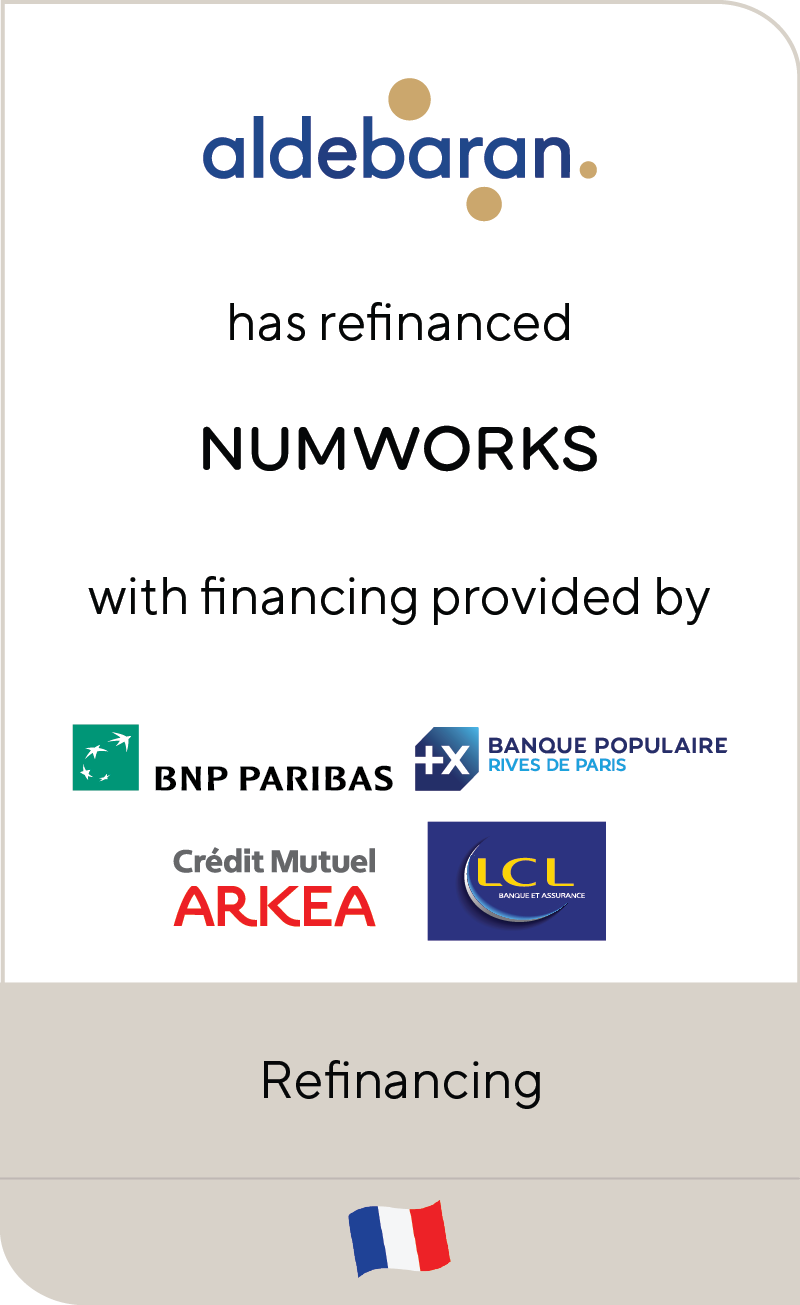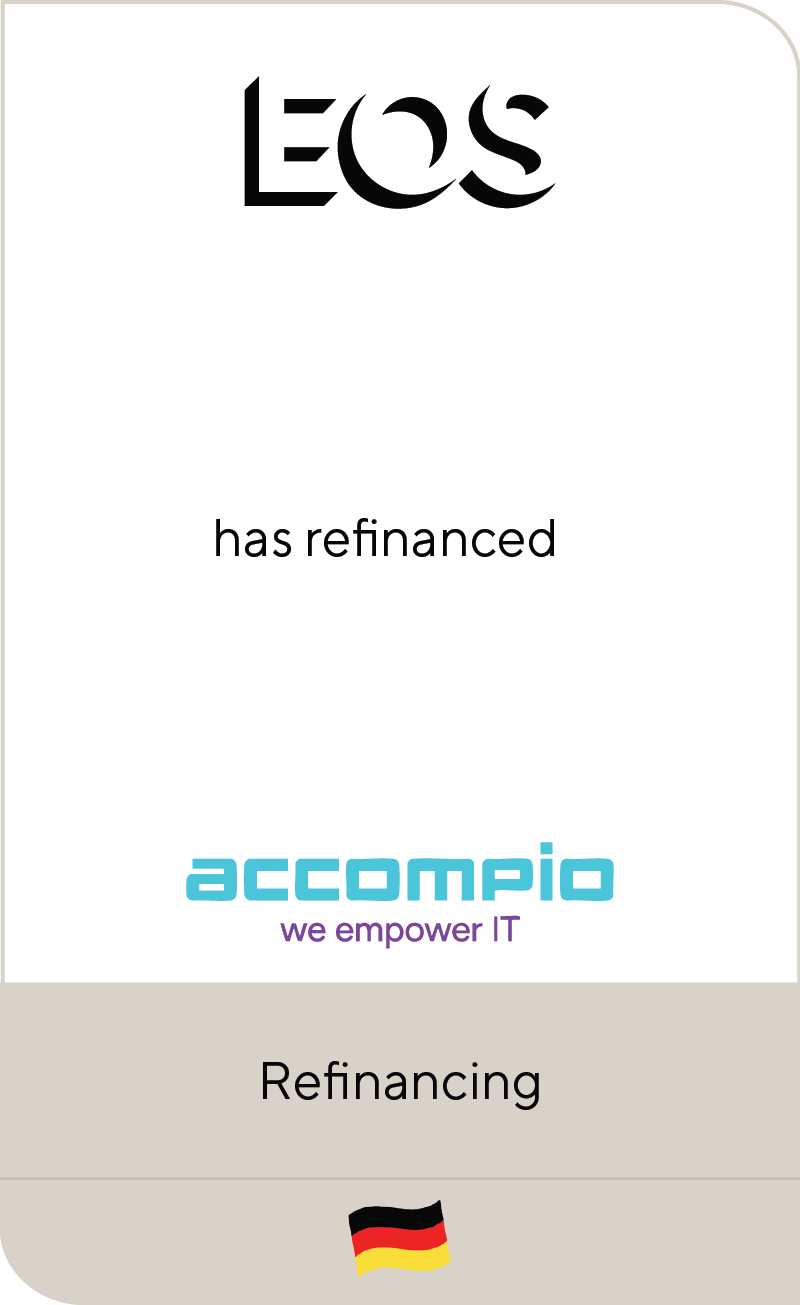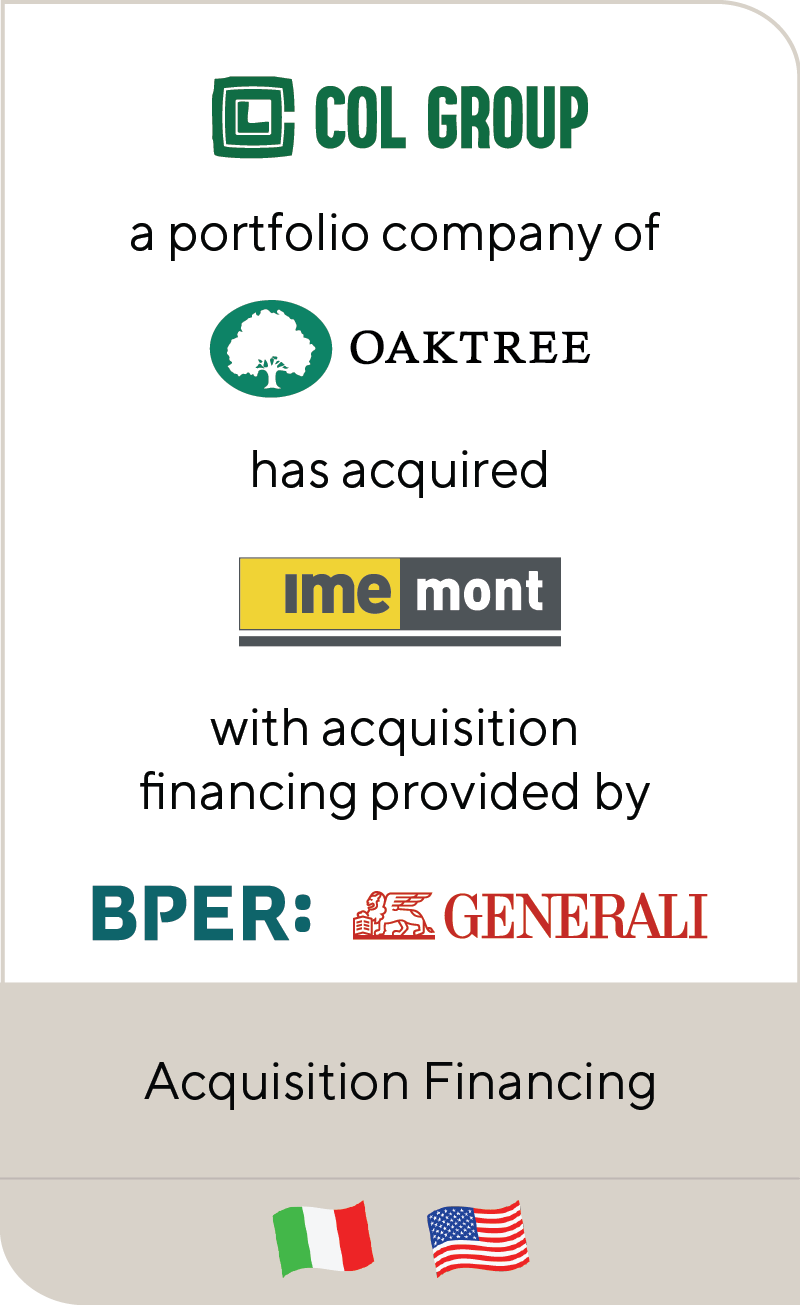Lending Opportunities Abound for PE Investments in Digital Infrastructure
COVID-19 flipped the script on infrastructure investments. Lockdowns and travel restrictions have proven certain traditional infrastructure assets, like airports and public transportation hubs, are not always as low-risk an investment as previously thought. Simultaneously, those same lockdowns and travel restrictions highlighted compelling opportunities in the digital infrastructure sector. Investments in digital infrastructure—from fiber-optic cable to accelerate the transition to 5G, to cloud computing platforms to support an increasingly dispersed workforce—are now subject to attractive lending terms historically associated with investments in real, physical assets like bridges and roads.
Much in the same way that growth in physical infrastructure is needed to scale a traditional delivery business, ongoing growth and innovation in digital infrastructure is needed for a digital business to deliver increasingly sophisticated digital solutions to its clients across multiple domains. Digital infrastructure delivers the modern software stacks and cloud-native technologies that digital businesses need, though new technologies require a step-up in digital infrastructure capability, latency, availability and agility. With the projected rise of Industry 4.0, artificial intelligence and self-driving automobiles, edge computing capability becomes critical, which will further ensure that the demand for data will remain strong and data delivery revenue will remain stable.
A diversified pool of lenders, market liquidity and an expanding definition of “infrastructure” have converged to create a unique opportunity for private equity (PE) firms raising dedicated infrastructure funds. The recent surge in inflation has only intensified the demand for infrastructure investments, which offer greater resilience to inflationary pressures and low volatility.
Lincoln Perspective: Four Attributes of Attractive Digital Infrastructure Borrowers
The universe of lenders with an appetite for infrastructure investments has diversified. Funding sources have widened beyond the banks, who traditionally provided low-cost capital and, until very recently, monopolized the infrastructure lending market. Today, PE firms navigate a broad landscape of highly capitalized liquidity providers from pensions funds to insurers and specialist infrastructure debt funds.
As a broader array of lenders have sought attractive investment targets and diversified portfolios, they have significantly expanded the criteria for what they consider infrastructure. Similar to how “mobile phone” has become “phone” with time and ubiquity, digital infrastructure—the technological investments that support the use of data and technology in our society—is now simply considered infrastructure, as critical and highly valued as traditional infrastructure. In many ways, the role of a digital network, carrying data, is not dissimilar to the role of roads and bridges, in terms of facilitating commerce.
Where the construction of a physical data center previously could have qualified as digital infrastructure, today the actual computers inside the facility—and even the services offered through those data centers—may also be considered infrastructure by many lenders.
Borrowers who can classify as an infrastructure investment in the eyes of lenders may benefit from significantly better pricing versus other categories of lending. Borrower positioning is therefore key to capitalizing on optimal financing options.
Lincoln has identified four factors that companies should showcase to be viewed by lenders as an infrastructure investment:
| Secular growth, accelerated by the pandemic: digital infrastructure was already poised for continued growth, but the COVID-19 pandemic fast-tracked the need for 5G and fibre network buildout and other systems that support work from home environments, remote learning initiatives and similar socially distanced systems that kept society afloat during the pandemic. Crucially, many of these changes such as remote working and virtual engagement have outlived the pandemic and created a permanent shift in the way people live and work. Data consumption is also resilient through a recession, and revenue of data delivery services is projected to remain steady even once the pandemic peters out.
Long-term contracts: Many lenders are attracted to managed services providers because they frequently deal in long-term (ranging between three and sometimes up to ten years) service-level agreements, which provide strong revenue visibility to lenders. Sticky clients: Lenders judge prospective borrowers against a variety of benchmarks, including the stickiness of the firm’s relationships with clients and the steadiness of the resulting revenue stream. The long-term contracts in the digital infrastructure sector provide fertile ground in which to sow the seeds of customer loyalty. High barriers to entry: A great deal of digital infrastructure’s allure is in its high barriers to entry. Not many competitors can afford the capital requirements of investing in or developing cutting-edge technology, not to mention hiring and training implementation specialists. |
Due to today’s market conditions created by the pandemic and other factors, firms in the digital infrastructure space are garnering attention from a growing pool of diverse lenders. The team at Lincoln International offers the market expertise to help borrowers navigate the infrastructure lending market and position themselves effectively, as well as the real connections and relationships with key lenders in the space.
To learn more about the digital infrastructure lending landscape and opportunities for your business, contact a member of our team.
Summary
-
Lincoln has identified four factors that companies should showcase to be viewed by lenders as a digital infrastructure investment.
- Click here to download a printable version of this perspective.
- Sign up to receive Lincoln's perspectives
Contributors

I am a rigorous advocate for my clients with a hands-on, communicative approach, focused on delivering intense advocacy and outlier results.
Sean Bennis
Managing Director & Global Head of Industrials
ChicagoMeet Professionals with Complementary Expertise in Debt Advisory

By linking my experience in debt advisory and mergers and acquisitions, I look forward to delivering flexible and innovative financing solutions to make an impact that matters with long-term target clients, as Lincoln does best.
Daniele Candiani
Managing Director & Co-head of Capital Advisory, Europe
Milan
I build trust with clients by putting their interests first at all times.
Aude Doyen
Managing Director & Co-head of Capital Advisory, Europe
London
I strive to be a strong advocate for my clients and offer a fresh and creative perspective to financing situations that exceed expectations and provide the flexibility needed to grow their businesses.
Christine Tiseo
Managing Director & Global Head of Capital Advisory
Chicago

















